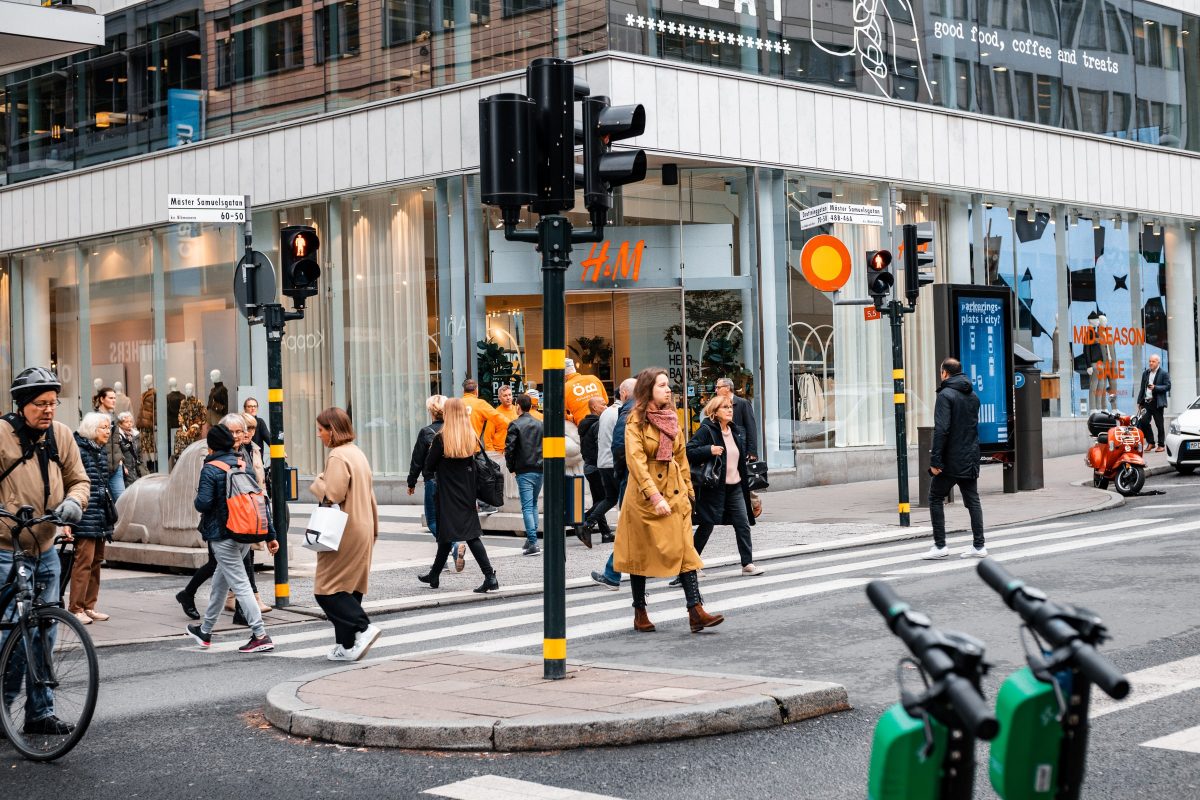In the wake of the Black Lives Matter protests in 2020, the fashion industry in Europe made all the appropriate diversity noises. But after two years, its track record is still far from exceptional.
The death in November of Virgil Abloh, a celebrated Black designer best known for leading Louis Vuitton’s menswear division, brought to light the lack of minority-identified creative voices in Europe. Among them are Olivier Rousteing of Balmain and Rhuigi Villasenor of Switzerland’s Bally.
The very first report on the diversity of the sector in Europe now demonstrates how severe this underrepresentation is in other crucial roles.
Women hold less than half of senior roles, while making up the lion’s share of the industry’s consumers, according to a report released last week by the British Fashion Council. In the 100 organizations evaluated, only 9% of top management positions are held by individuals from racial or ethnic minorities.
Black lives matter was the most recent instigator to us all in terms of diversity, and I think truthfully, you know, progress is being made, Jamie Gill, chairman of the BFC D&I Steering Committee and CEO of fashion brand Roksanda, said at a conference last week. But it’s just not enough. It’s just not urgent enough.
This information is presented for the first time in Europe in the Diversity and Inclusion in the Fashion Industry study. Black or other minority leaders made up just 4.5% of boards and 5.8% of executive committees in March 2021, while making up 12.5% of the population, according to the British Retail Consortium’s first diversity report.
Some of the top fashion firms on the continent have terrible financial results. One woman served on the executive board of the French luxury conglomerate LVMH Moet Hennessy Louis Vuitton SE in 2016. The company is best known for its Givenchy and Christian Dior brands.
That increased to two out of 14. The percentage of women on the executive committee of Kering, the company that owns the Gucci brand, has remained at 33% for a time. Requests for comments were not immediately answered by the two companies.
In spite of this, Kering placed ninth out of 11,000 global corporations in a Refinitiv diversity index last year because 56% of its managerial roles were held by women. According to LVMH’s research, that percentage for executive and managerial posts was 65%.
Only 51% of the organizations examined, according to the research, had a D&I plan.
That increased to two out of 14. The percentage of women on the executive committee of Kering, the company that owns the Gucci brand, has remained at 33% for a time. Requests for comments were not immediately answered by the two companies.
In spite of this, Kering placed ninth out of 11,000 global corporations in a Refinitiv diversity index last year because 56% of its managerial roles were held by women. According to LVMH’s research, that percentage for executive and managerial posts was 65%.
Only 51% of the organizations examined, according to the research, had a D&I strategy.
Fashion firms are prohibited from disclosing employees’ racial backgrounds and other personal information, according to the GDPR rule of the European Union and a statute from France from 1978.
Geoffrey Williams, the global head of diversity for the British clothing business Burberry, claims that by 2025, the company hopes to have a 50/50 gender balance in its leadership throughout the US and UK. Given that only 1.6% of its UK employees are Black and that women make up 27% of its executive committee, that may be a tough order.
Consumers, especially younger ones, are putting pressure on fashion companies to promote diversity and sustainability.
In the second half of 2021, such factors were ranked 10th globally for luxury purchases, but sixth among consumers aged 18 to 34, according to statistics compiled by Deutsche Bank. In 2025, Gen Z customers are anticipated to account for around 50% of demand.
This is a highly global industry, with a global, diverse consumer base, says Anita Balchadani, a senior analyst at McKinsey. And that’s what sets the scene for the imperative for the industry to be equally as diverse.




